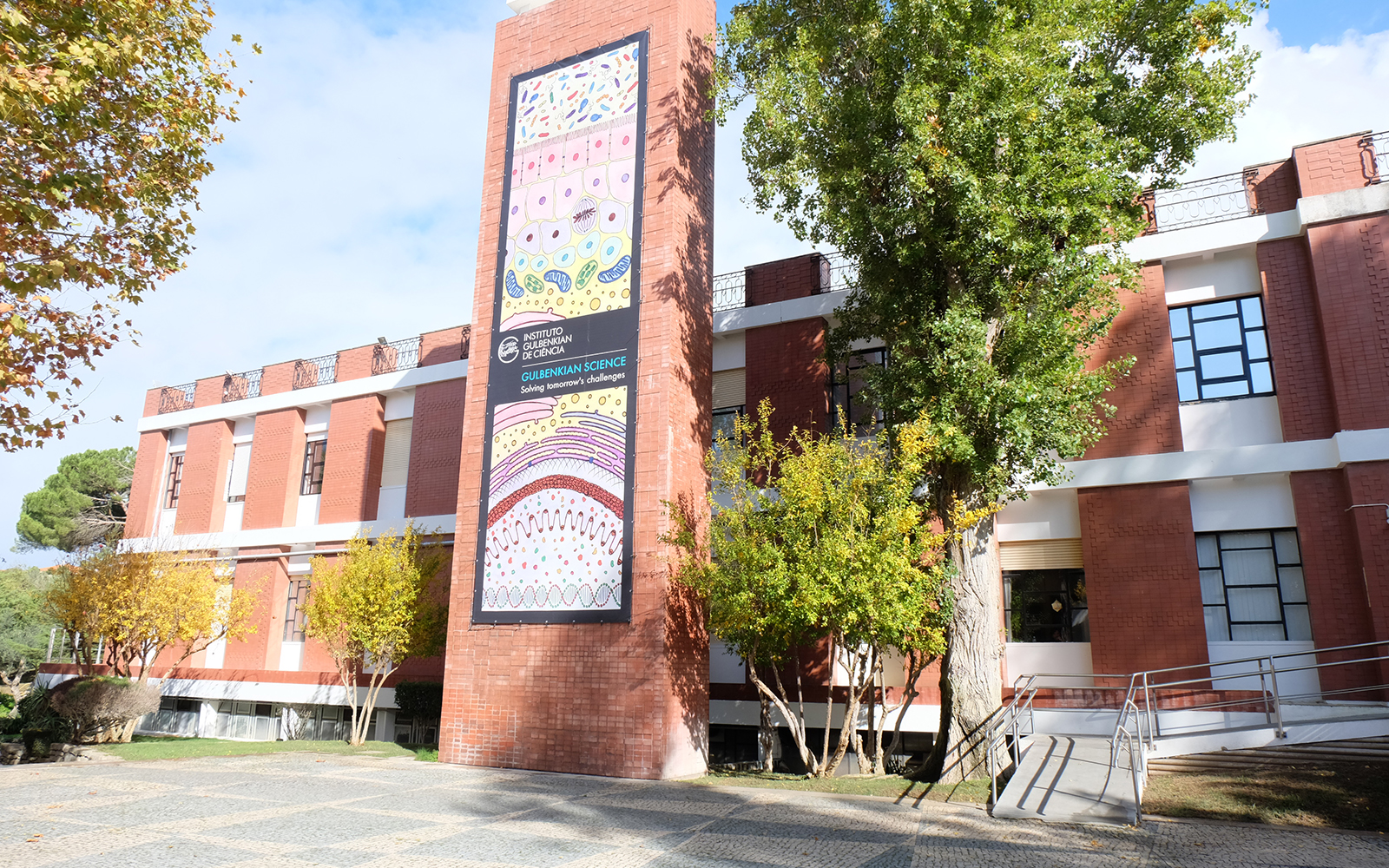Evolutionary transitions between sexual systems in flowering plants
Event Slider
Date
- / Cancelled / Sold out
Location
Virtual RoomSeveral seminars are held weekly at the Instituto Gulbenkian de Ciência, an initiative that aims to bring together all researchers around the topics under discussion.
The sessions, with internal researchers or guests, contribute to stimulate the open and extremely collaborative culture of the IGC.
You can read the abstract of this seminar to learn more about it.
Flowering plants display an extraordinary diversity in their reproductive strategies. Most species are hermaphroditic, but dioecy (separate sexes) has evolved repeatedly. Such transitions involve changes often coincide with changes in pollination, seed dispersal and life history traits. They also imply the evolution of a sex-determining system, eventual sex chromosomes, and sexual dimorphism for non-reproductive traits. In this seminar, I will ask why hermaphroditism is so common in plants and why it has nevertheless so frequently evolved toward dioecy. I will also explore the evolution of sex chromosomes and sexual dimorphism and address the question of why genes with sex-biased gene expression evolve more quickly in their expression than those that are expressed similarly in males and females. The talk will draw on empirical studies on two groups of plants: the European genus Mercurialis, in which there have been frequent transitions between hermaphroditism and dioecy (including under experimental evolution); and the South African genus Leucadendron, which has some of the most sexually dimorphic plants in the world.

